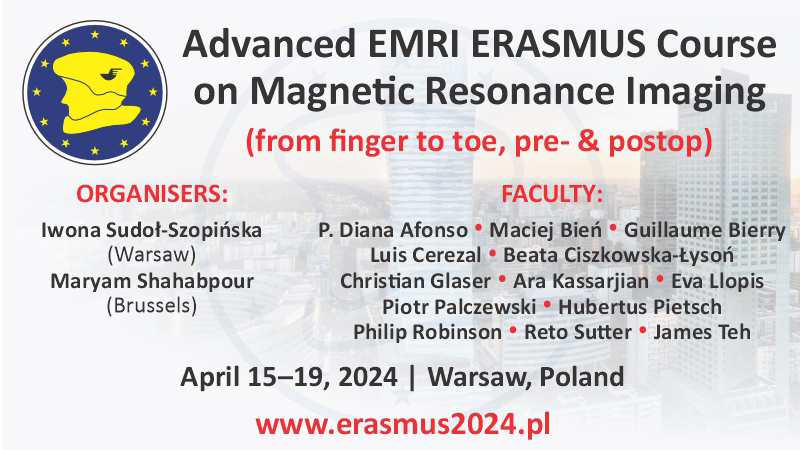Laryngo-tracheal ultrasonography to confirm correct endotracheal tube and laryngeal mask airway placement
Jacek A. Wojtczak1, Davide Cattano2
 Affiliation and address for correspondence
Affiliation and address for correspondenceWaveform capnography was recommended as the most reliable method to confirm correct endotracheal tube or laryngeal mask airway placements. However, capnography may be unreliable during cardiopulmonary resuscitation and during low flow states. It may lead to an unnecessary removal of a well-placed endotracheal tube, re-intubation and interruption of chest compressions. Real-time upper airway (laryngo-tracheal) ultrasonography to confirm correct endotracheal tube placement was shown to be very useful in cadaveric models and during emergency intubation. Tracheal ultrasonography does not interrupt chest compressions and is not affected by low pulmonary flow or airway obstruction, but is limited by ultrasonography scattering and acoustic artifacts generated in air – mucosa interfaces. Sonographic upper airway assessment emerges as a rapid and easily available method to predict difficult intubation, to assess the laryngeal and hypopharyngeal size and visualize the position of the laryngeal mask airway in situ. This study demonstrates that the replacement of air with saline in endotracheal tube or laryngeal mask airway cuffs and the use of the contrast agents enables detection of cuffs in the airway. It also allows visualization of the surrounding structures or tissues as the ultrasound beam can be transmitted through the fluid – filled cuffs without being reflected from air – mucosal interfaces.






